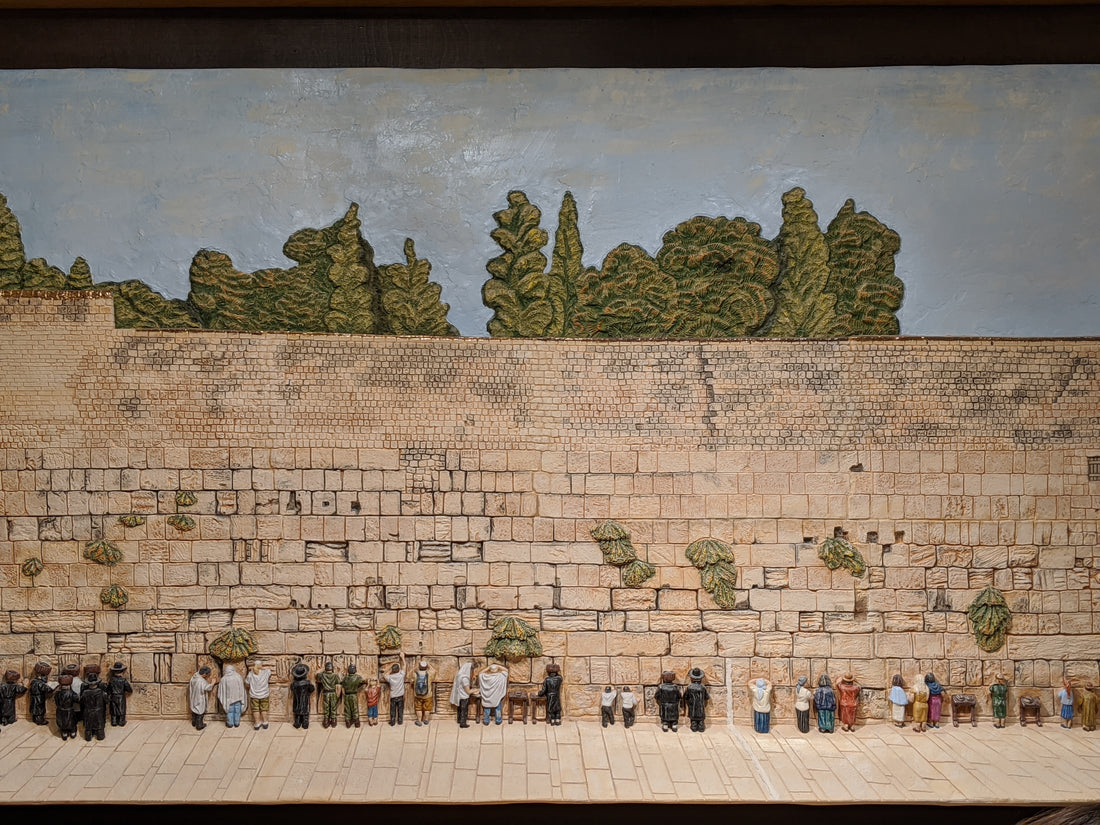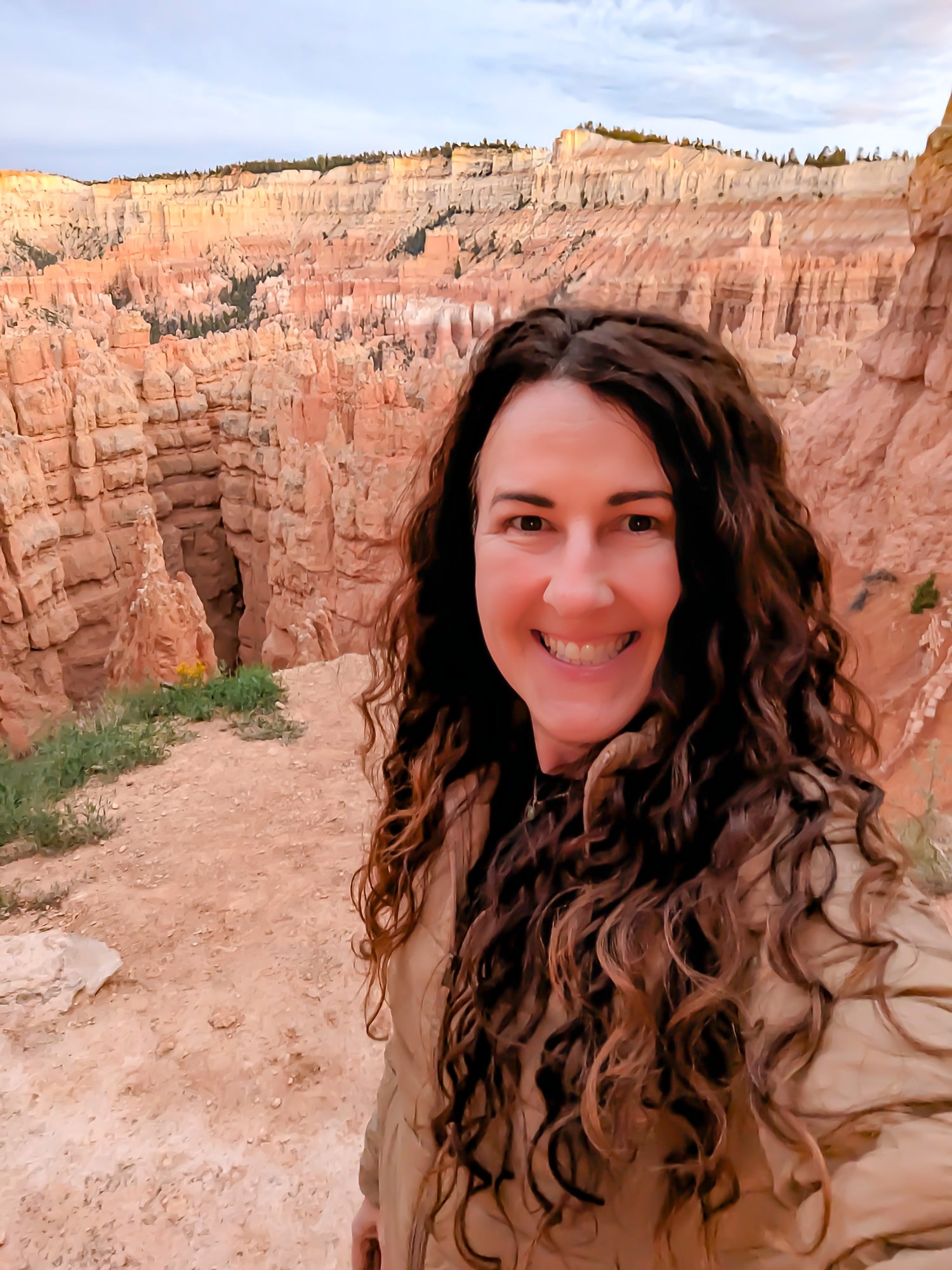The Western Wall is known by many names:
- Kotel (the word for "wall" in Hebrew)
- Western Wall
- Wailing Wall
But what exactly is this wall and why is it important?
This article will explain its historic, cultural, and religious significance to the Jewish people.
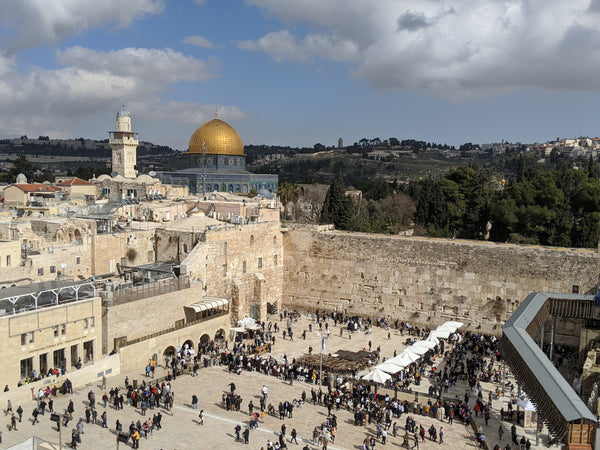
Historical Significance
The Western Wall hails back more than 2,000 years. King Herod built this wall in 19 BC. In that year, Herod the Great (as he is sometimes called) was enlarging the already massive temple that he had built on the Temple Mount. This was the second temple to have been constructed in this place. The first was built by Solomon in approximately 900 BC, but had been destroyed many hundreds of years before. Herod's Temple, or the Second Temple, was a grand structure that filled a large portion of the Temple Mount. This was the temple that was in Jerusalem during the time of Christ.
However, the age of the wall is just one of the reasons why this site is important to the Jewish people.
Religious Significance
Temples are important structures because they are a place where people come to worship God in a special way. They are more important than a synagogue, for example, because it is only inside the temple where specific rites and ordinances can be performed.
The temple is the most sacred structure in the Jewish religion. The ancient Israelites (the ancestors of the Jewish people) used portable temples, called tabernacles, for centuries after their exodus from Egypt. They were commanded by God to worship at the temple and perform specific rites here at various times of the year.
Their first permanent temple was constructed on Mount Moriah, which is the modern day Temple Mount, by Solomon in approximately 900 BC. According to Jewish teachings, Mount Moriah was chosen as the location of the temple because of its sacredness. First, the Jews believe that this is site of where Adam was created by God on a special foundation stone here. Second, it was also on this foundation stone where Abraham was commanded by God to sacrifice his son, Isaac. (Genesis 22). The sacrifice never happened, it was just a test to see how committed Abraham was to God. Third, this spot was chosen because it's the place where the Jewish people believe that God is able to communicate with man.
It's important to note that both Solomon's Temple and Herod's Temple were built directly over this foundation stone. The foundation stone was called the Holy of Holies. Only the High Priest could go into this inner sanctuary and communicate with God. Where is this foundation stone today? Many believe it is underneath the Dome of the Rock, the grand gold-domed edifice built by the Muslims on this site in the late 7th century.
As was mentioned before, the Second Temple was destroyed by the Romans in 70 AD. Only this tiny portion of the Western Wall remained. So, for nearly 2,000 years, Jewish people have come to this wall to pray. It's the closest thing they can get to their former temple.
Spiritual Significance
The Western Wall is a place of intense spiritual significance for Jews. Many people believe that prayers said at the Wall have a special power and are more likely to be answered by God. People come from all over the world to pray at the Wall, often placing notes with their prayers in the cracks between the stones. Note, you do not have to be Jewish to pray at the wall. Anyone is welcome to do so, as long as they behave respectively.
Cultural Significance
The Western Wall has become an important cultural symbol for the Jewish people. It is frequently depicted in art and literature, and its image is used on everything from postcards to jewelry. The image shown here was a photo that I took in the Old City of Jerusalem that depicted worshippers at the Western Wall. It evokes the feeling of peace that is experienced when you visit this sacred place.
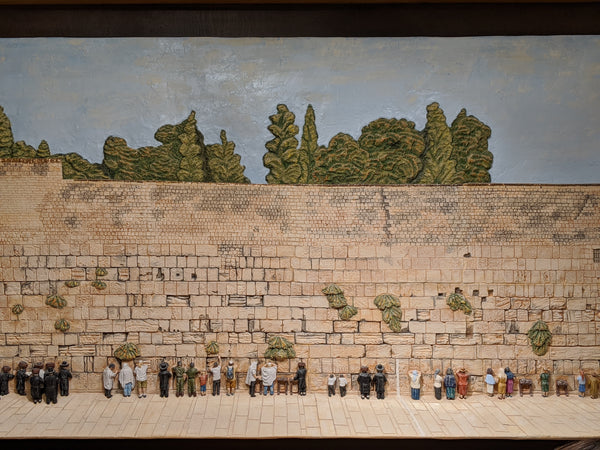
The Kotel has also become a symbol of Jewish unity. It brings together Jews from all over the world who share a common faith and heritage. Even today, Jews pray towards Jerusalem (and the Western Wall in particular) to show confidence that their Messiah will indeed come as prophesied.
Political Significance
The Western Wall has been the subject of political controversy for many years. Between the years of 1948 and 1967, Jews were banned from approaching the wall for any reason. That all changed after the Israeli victory in the Six-Day War in 1967. That's when Israel captured the Old City of Jerusalem.
Ever since then, the Wall has been under Israeli control. However, many Palestinians and others view the Wall as a symbol of Israeli occupation and control over Palestinian territory. Because of that, the entire Western Wall Plaza is highly protected by the Israeli military. You can't enter this plaza without going through metal detectors. And during your visit, you'll definitely see armed Israeli soldiers patrolling the grounds.
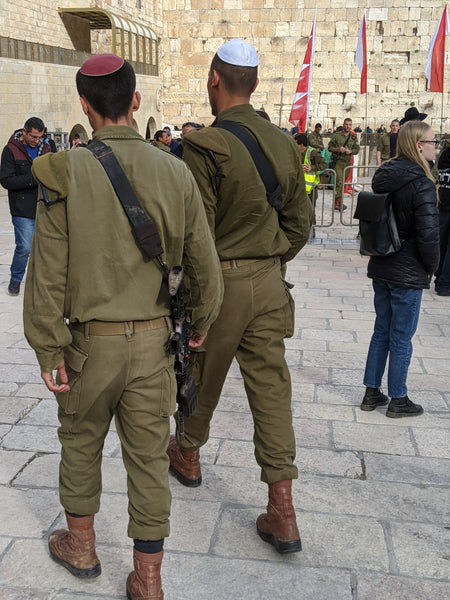
Symbol of Hope
Despite its controversial nature, the Western Wall remains a symbol of hope for Jews around the world. For many, the Western Wall is a symbol of the enduring promise of a better future for the Jewish people.
The Western Wall also stands as a symbol of the resiliency and strength of the Jewish people themselves. Despite several millennia of persecution, the Jewish people still stand strong in their faith, beliefs, culture, and optimism--just like the solid foundation wall of their temple.
Visiting the Wall
Any visitor to Jerusalem absolutely must visit the Western Wall. This was the first thing I wanted to do on my first trip to Jerusalem. It's pretty easy to find. It's located in the heart of the Old City and can be navigated easily using your smart phone. Just type in "Western Wall" as your destination, and your GPS system will guide you through the labyrinth streets of the Old City directly to the Western Wall complex.
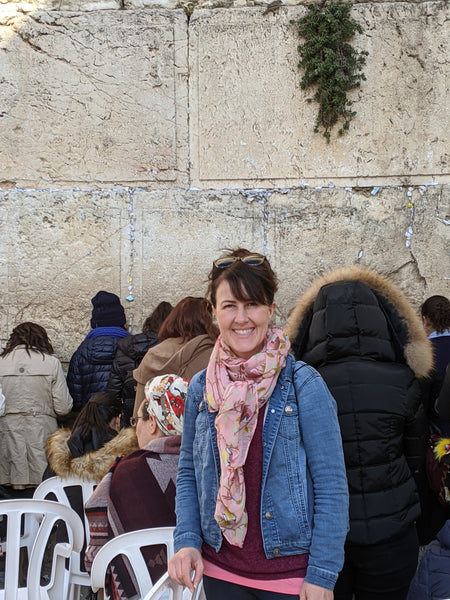
Remember, you will need to go through metal detectors and have your bag x-rayed in order to enter the plaza, so plan accordingly.
For more details on proper etiquette when visiting the Kotel, check out this blog post.
FAQ: The Significance of the Western Wall in Jerusalem
Q1: What are the different names for the Western Wall?The Western Wall is known by several names, including "Kotel" (the Hebrew word for "wall"), Western Wall, and Wailing Wall.
Q2: What is the historical importance of the Western Wall?The Western Wall dates back over 2,000 years and was built by King Herod in 19 BC. It was a part of the Second Temple constructed on the Temple Mount, which was a significant site during the time of Christ.
Q3: What is the religious significance of the Western Wall?The Western Wall holds immense religious importance in Judaism. Temples, including the Second Temple built by Herod, were essential for specific rites and ordinances. The temple was the holiest structure in the Jewish religion, a place of worship, and a site where God's presence was believed to be more accessible.
Q4: How is the Western Wall spiritually significant?The Western Wall holds spiritual significance for Jews, who believe that prayers offered here have a special power and connection to God. People from around the world visit to pray and place notes with their prayers between the stones.
Q5: What is the cultural importance of the Western Wall?The Western Wall is an iconic cultural symbol for the Jewish people, appearing in art, literature, and various forms of media. It also represents Jewish unity and heritage, uniting Jews from different parts of the world.
Q6: Has the Western Wall been a subject of political significance?Yes, the Western Wall has been at the center of political disputes. Between 1948 and 1967, Jews were banned from approaching the wall. After Israel's victory in the Six-Day War, the Wall came under Israeli control, but its status remains a source of political contention between Israelis and Palestinians.
Q7: What does the Western Wall symbolize for Jews?Despite controversy, the Western Wall symbolizes hope, resilience, and strength for the Jewish people. It represents a better future and the enduring promise of their faith.
Q8: How can visitors access the Western Wall?Visitors to Jerusalem should prioritize a visit to the Western Wall. It's located in the heart of the Old City and can be easily found using GPS navigation. Remember to pass through metal detectors and have your bags x-rayed before entering the plaza.
For more detailed etiquette guidance during your visit, refer to this blog post.

